1. ULTRA SONIC MACHINING (USM)• Originally used for finishing EDM surfaces. • Best suited to poorly conducting materials, and brittle materials. • The basic process is a ductile and tough tool is pushed against the work with a constant force. A constant stream of abrasive slurry passes between the tool and the work to provide abrasives and carry away fractured particles. The majority of the cutting action comes from an ultrasonic (cyclic) force applied in addition to the other force. 
• The basic components to the cutting action are believed to be, 1. The direct hammering of the abrasive into the work by the tool (major factor) 2. The impact of the abrasive on the work 4. Chemical erosion caused by slurry • M.C. Shaw generated a model to estimate the cutting action. 
• Consider the impact pictured below. 
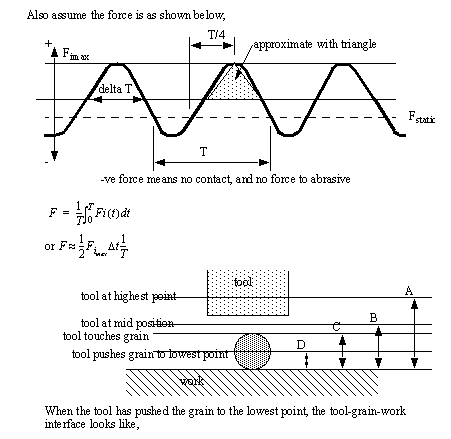

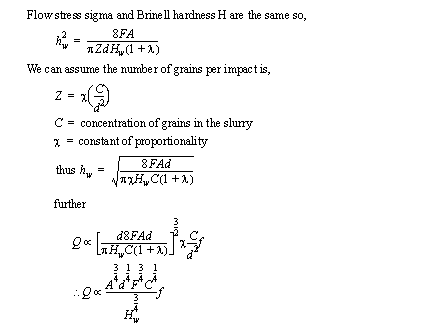
• Material is also removed by grains moving quickly and building up kinetic energy. When they strike the work surface, they transfer their energy quickly causing surface work. This effect is smaller than hammering. • The grains are not actually perfectly spherical, and as a result smaller rounds actually lead to faster machining. 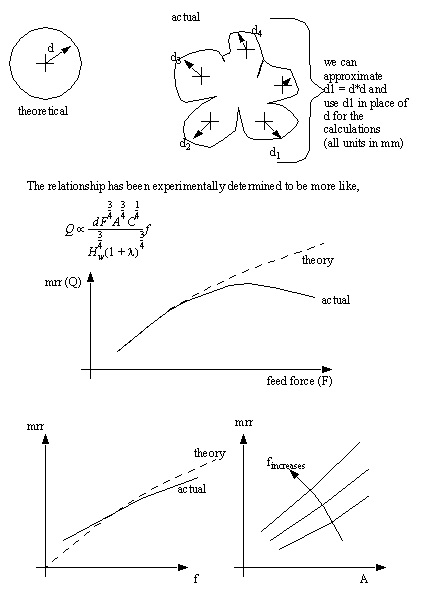
• mmr decreases when static force F gets high enough to crush abrasive grains. 
• f = 16.3 KHz, A = 12.5 micro m, grain = 100 mesh. 
• If d approaches A the grains start to crush. 
• Example - Find the machining time for a hole 5mm in diameter in a tungsten carbide plate 1cm thick. The grains are .01mm in diameter, the feed force is 3N, and the amplitude of oscillation is 20 micro m at a frequency of 25KHz. The fracture hardness is approximately 6900N/mm2. The slurry is mixed in equal parts water and abrasive. 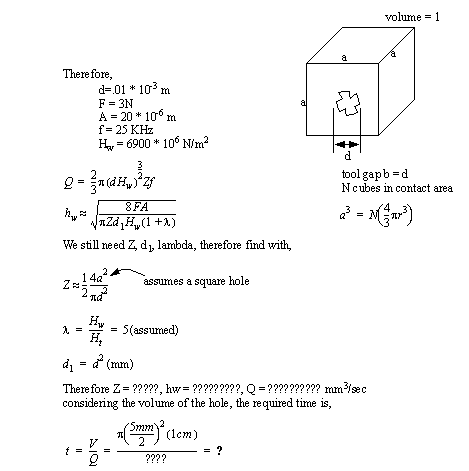

• The acoustic head is the most complicated part of the machine. It must provide a static force, as well as the high frequency vibration • The magnetostrictive head is quite popular, 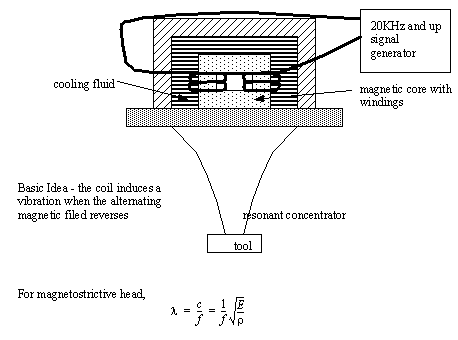
• Magnetostrictive materials should have a good coupling of magnetic and mechanical energy, 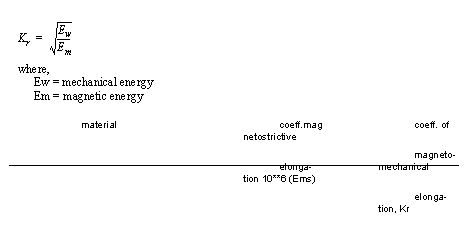
• The vibrating head is supplied with a constant force using, 
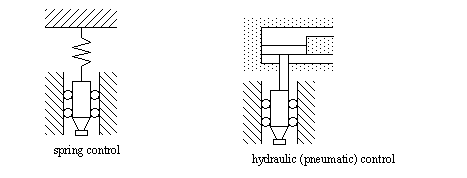
• If a tool is designed to increase flow, better cutting speeds will occur. - stainless steel and low carbon - aluminum and brass tools wear near 5 to 10 times faster - boron carbide (B4C) good in general, but expensive - silicon carbide (SiC) glass, germanium, ceramics - diamond (used for rubies, etc) - boron silicarbide (10% more abrasive than B4C) - high viscosity decreases mrr - typical grit size is 100 to 800 • Little production of heat and stress, but may chip at exit side of hole. Sometimes glass is used on the back side for brittle materials. • Summary of USM characteristics - mechanics of material removal - brittle fracture caused by impact of abrasive grains due to vibrating at high frequency - abrasives: B4C; SiC; Al2O3; diamond; 100-800 grit size - vibration freq. 15-30 KHz, amplitude 25-100 micro m - material/tool wear = 1.5 for WC workpiece, 100 for glass - critical parameters - frequency, amplitude, tool material, grit size, abrasive material, feed force, slurry concentration, slurry viscosity - material application - metals and alloys (particularly hard and brittle), semiconductors, nonmetals, e.g., glass and ceramics - shape application - round and irregular holes, impressions - limitations - very low mrr, tool wear, depth of holes, and cavities small. • USM twist drilling has been done by attaching a magnetostrictive head to the spindle shelf. 1.1 REFERENCES |